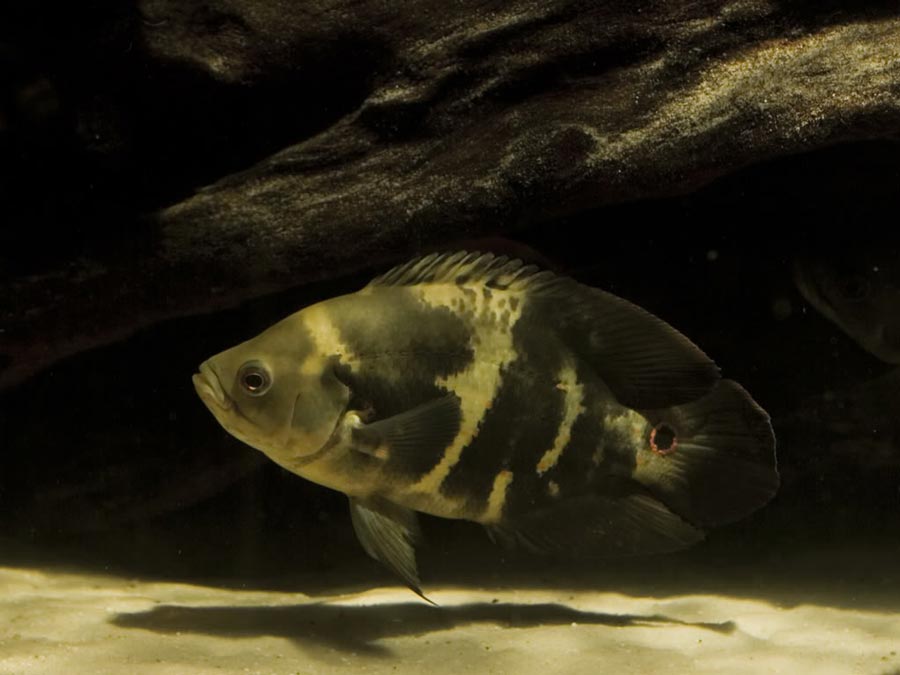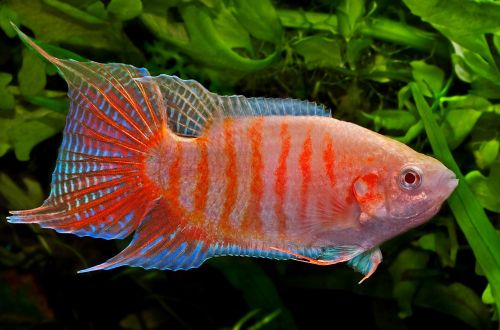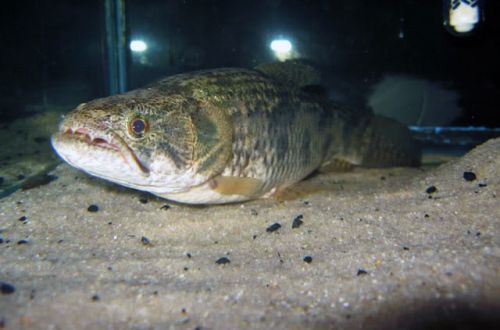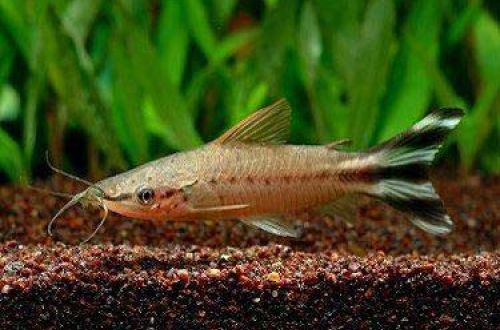
Astronotus
Astronotus, also known as Oscar Cichlid, scientific name Astronotus ocellatus, belongs to the Cichlidae family. A popular aquarium fish, available in a variety of colors, there are also morphological forms with enlarged fins. Before buying, you should consider its not small size and life expectancy.
Habitat
It is widely distributed throughout the Amazon River basin (South America) in its many tributaries, as well as in the USA and even in Asia, in particular in Singapore. They live in shallow water along the banks of rivers, prefer small pools and regions where the roots of trees are submerged in water, forming natural shelters. The vast majority of fish on the market are commercially raised and have never lived in the wild.
Requirements and conditions:
- The volume of the aquarium – from 400 liters.
- Temperature – 22-25°C
- Value pH — 6.0–8.0
- Water hardness – range from soft to medium hardness (5-19 dH)
- Substrate type — stony
- Lighting – subdued
- Brackish water – no
- Water movement is weak
- Size – up to 35 cm.
- Meals – any
- Life expectancy – up to 20 years
Description
Large massive fish with a high body and rounded dark fins. Brick red color with dark spots. However, there are many artificially bred forms that differ in color and body pattern.

Food
In the wild, they feed on everything that can fit in their mouth from small fish to fruits that have fallen into the water. In a home aquarium, they feed on all types of food: dry industrial (granules, flakes, tablets), frozen and live (small fish, earthworms, insects, etc.). It is a common misconception that Astronotus can be fed meat-based foods such as beef heart or liver. This is a mistake, such a diet will most likely lead to digestive problems, since animal fats are not able to be absorbed by the body of the fish. Another important point – do not overfeed the fish, serve as much food at a time as it will eat in 3-4 minutes.
Maintenance and care
A pair of adult fish will require about 400 liters, in this case, the more the better. Fish like to dig in the ground, which, given their size, is unacceptable in the confined space of the aquarium (unless it is very large), so large pebbles and boulders should be used as a substrate. An important element is the roots and branches of trees, snags, securely fixed at the bottom of the tank. Plants are only artificial, large, although it is desirable to do without them. Living flora will be quickly destroyed.
Astronotus has been bred for many generations far from its natural habitat and has acquired an important adaptive feature – a wide range of acceptable water parameters. It can be kept in soft or medium hard water, as well as in slightly alkaline and slightly acidic. Read more about water parameters and ways to change them in the “Hydrochemical composition of water” section. Fish produce a lot of waste, water should be renewed weekly by 30-50% in an aquarium of 400 liters and 25% in large tanks and do not forget about cleaning the soil from waste products.
An efficient filtration system helps keep it clean. It is recommended to purchase external filters, there are more than enough cases of damage to equipment by fish. The heater is securely attached to the design elements or hidden in a place inaccessible to fish, but at the same time ensure good circulation to avoid local overheating of the water. Other equipment: lighting and aeration system.
Behavior
They can live alone and in a small group, which is desirable, but due to their size and diet, there are not many candidates for the role of neighbors. These should be fairly large and calm fish. Quite a smart look, can be tamed and even allows you to stroke yourself, but when dealing with him, you need to be careful, as Astronotus has sharp, albeit small teeth, which sometimes are not averse to biting the owner.
Breeding / breeding
They are bred on a large scale on fish farms, given their size and fertility, it is extremely impractical to do this in a home aquarium.
Astronotus form a permanent pair, but not any fish can become a companion. Usually 10 or more young individuals are placed in one reservoir, where they create pairs as they grow older, which are further isolated. During spawning, parents carefully choose a place, clean it, and only then lay eggs. One female can produce over 2000 eggs, most of which survive.
Diseases
A hardy species, in the natural environment they are a kind of “orderlies” of reservoirs, which provided them with high immunity. As a rule, there are no health problems observed. Read more about symptoms and treatments in the Aquarium Fish Diseases section.
Features
- Large fish sizes
- Generates a lot of waste, requires an efficient filtration system





